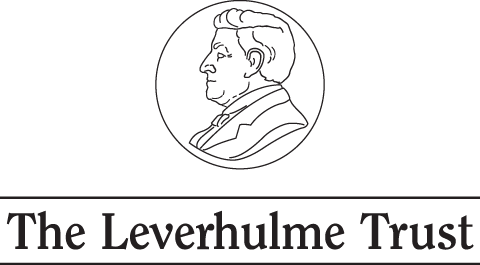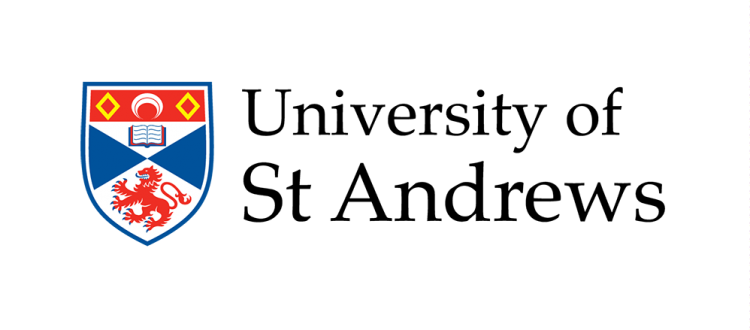 Dorothy ‘Del’ Martin (1921-2008) and Phyllis Lyon (1924-2020), who met in 1952, were final married in 2004. Communist, feminist and gay-rights activists, they were the founding members of lesbian grassroots group, The Daughters of Bilitis. Through their political activism Del Martin and Phyllis Lyon invoked and engaged with several classical examples and themes.
Dorothy ‘Del’ Martin (1921-2008) and Phyllis Lyon (1924-2020), who met in 1952, were final married in 2004. Communist, feminist and gay-rights activists, they were the founding members of lesbian grassroots group, The Daughters of Bilitis. Through their political activism Del Martin and Phyllis Lyon invoked and engaged with several classical examples and themes.
Del, a San Franciscan journalist, was a powerhouse. After studying at the Institute for Advanced Study of Human Sexuality, in 1940 she married James Martin, with whom she had one child. She and James divorced in 1944, and then, in 1950, Del met Phyllis.
Phyllis, a journalist born in Oklahoma, worked as a reporter for the Chico Enterprise-Record, and then, in 1950 moved to work on the magazine by which Del was currently employed. They became fast friends and soon fell in love. They seem to have lived quite the happy life together for those first two years, and it was only during a conversation with fellow LGBTQ+ friends that they saw the need for change.
In 1955, they realised that they didn’t actually know any other lesbians, and were introduced to Rosalie Bamberger and her partner, who suggested that they start a club – which became The Daughters of Bilitis. The club was named after the fictional fellow lesbian poet of Sappho in Pierre Louÿs’ The Songs of Bilitis (1894). This name was chosen because it was obscure enough that the homophobic society of the time might not understand what their group was. Del was quickly elected as president, and they decided on aims: to educate women about lesbians, to encourage self-acceptance, and to have a place for women to dance together without being arrested.[1]
By 1959 there were groups of The Daughters in various major cities. In 1956, Del and Phyllis began writing a newsletter about lesbianism, which later that year became known as The Ladder. Del was the president and Phyllis the editor.[2] Their statement of aims was placed at the beginning of every publication of The Ladder, reading the following:
- Education of the variant … to enable her to understand herself and make her adjustment to society … [with] a library … on the sex deviant theme … sponsoring public discussions … advocating a mode of behaviour and dress acceptable to society.
- Education of the public … [for] an eventual breakdown of erroneous taboos and prejudices.
- Participation in research projects by duly authorised and responsible psychologists, sociologists, and other such experts directed towards further knowledge of the homosexual.
- Investigation of the penal code [for homosexuals] … proposal of changes … promotion of these changes.’[3]
The Ladder had 500 subscribers, and many more readers through circulation. Martin and Lyon were inducted into the LGBT Journalists Hall of Fame for their work with the magazine, among the first to be honoured after its creation in 2005.
The couple were involved in the organisation until the late 1960s, and The Daughters later broke up as more radical forms of activism came to the fore. Throughout the rest of their lives they were involved in the National Organisation for Women (NOW), in which Del was one of the directors, and in which they worked tirelessly against homophobia amongst the women. Del was then appointed to the San Francisco Commission on the Status of Women in 1977, and worked with Ella Hill Hutch (1923-1981) on health clinics’ knowledge of LGBTQ+ and BAME issues. In the same year, she was an associate of the Women’s Institute for Freedom of the Press. Both Del and Phyllis were involved in the Alice B Toklas Democratic Club, and a clinic was found in their name in 1979 (Lyon-Martin Health Services), advocating lesbian health and medical provision. In their later life, they joined Old Lesbians Organising for Change, and were named delegates to the White House Conference on Ageing – and received a number of honours for their extensive political and activist work.[4]
The women were given a marriage license at the request of the mayor, Gavin Newsom (1967-), and married, in 2004. However, this license was voided, along with thousands of others, on 12th August of the same year by the California Supreme Court. Phyllis and Del were devastated, quite rightly, but later were able to marry again on 16th June 2008, when same-sex marriage was legalised in California. They were the first couple married in San Francisco.
These two women were deeply involved in radical leftist activism under the formation of their Daughters of Bilitis, which was named in conjunction with a classically influenced novel by Pierre Luoÿs (1870-1925), The Songs of Bilitis (1894). Luoÿs (falsely) claimed that his poems were translated from actual Ancient Greek, fooling various scholars, before it was revealed that it was, in fact, pseudotranslation. Nevertheless, Luoÿs engages with Sappho’s ancient poetry to advance openly lesbian poetry, which works towards homosexual liberation – of which Louÿs was a strong proponent. The Daughters of Bilitis, in turn, took built upon Luoÿs reception and used it for their own leftist provocation towards the liberation of homosexual women.
![]() This profile was written by Anna Coopey
This profile was written by Anna Coopey
[1] As Martin and Lyon said later on (Meeker (2006), p. 77): ‘Women needed privacy … not only from the watchful eye of the police, but from gaping tourists in the bars and from inquisitive parents and families.’
[2] For The Ladder’s archives, see the ONE Archives at the USC Libraries website page – https://one.usc.edu/archive-location/ladder (accessed 28-03-2022, 20:04).
[3] ‘Variant’ was used because of negative associations of the word ‘lesbian’ in the 1950s. See Katz, Jonathan (1976): Gay American History (Crowell Publishers), p. 426.
[4] Martin was an honouree in the Rainbow Honour Walk in 2014, and one of the first fifty inducted in the National LGBTQ Wall of Honour in 2019 in NYC’s Stonewall Inn. Lyon was added to the latter in 2020.



